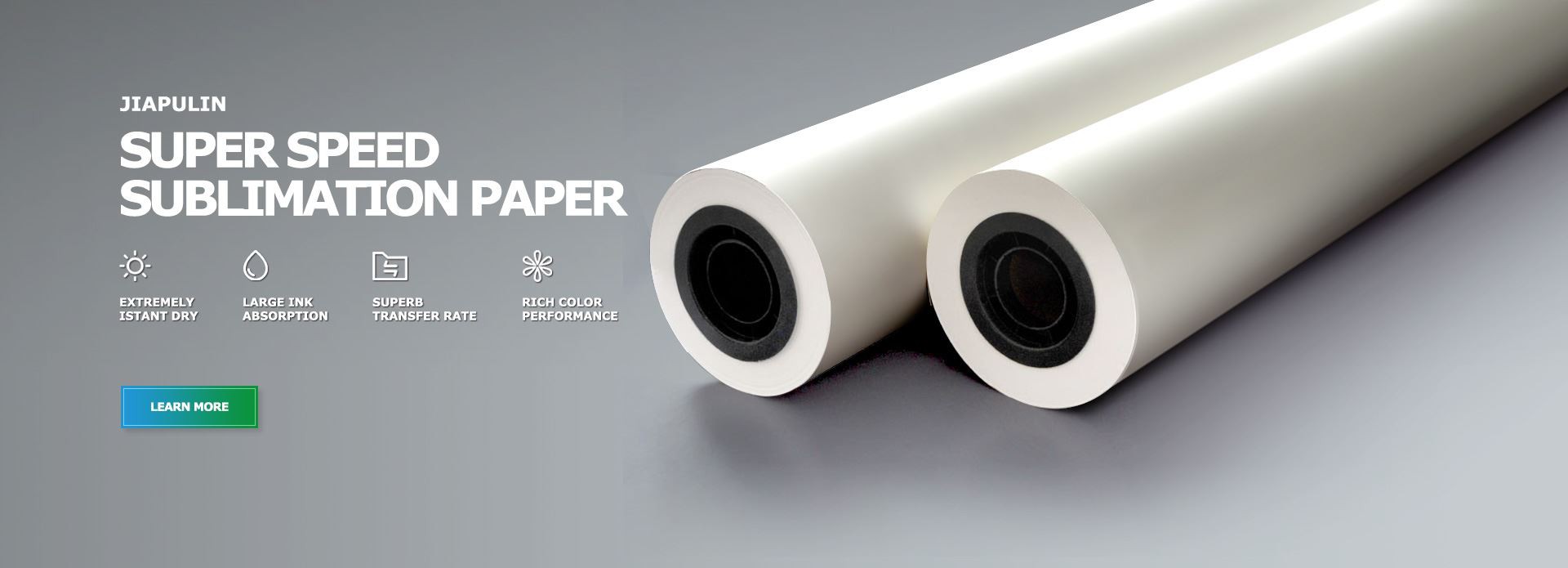What Is The Difference Between Sublimation Paper And Sublimation Transfer Paper?
Nov 27, 2023
What is the difference between sublimation paper and sublimation transfer paper?
Introduction:
Sublimation printing has gained significant popularity in recent years due to its ability to produce high-quality, vibrant and long-lasting prints. It is widely used in industries like fashion, sports, and home decor. However, understanding the nuances of sublimation printing can be a bit confusing, especially when it comes to differentiating between sublimation paper and sublimation transfer paper. In this article, we will explore the key differences between these two terms and how they impact the sublimation printing process.
Defining Sublimation Printing:
Before delving into the differences between sublimation paper and sublimation transfer paper, let''s first understand the process of sublimation printing itself. Sublimation printing is a technique that allows for the transfer of designs onto various materials, such as polyester fabrics, ceramics, or metals. Unlike traditional inkjet or laser printing, sublimation printing involves the conversion of solid ink directly into a gaseous state without passing through the liquid phase.
Understanding Sublimation Paper:
Sublimation paper, also known as dye-sublimation paper, is a type of specialty paper specifically designed for sublimation printing. It plays a vital role in the transfer of images from the printed paper to the desired material. Sublimation paper acts as an intermediary and facilitates the sublimation process by absorbing the ink and releasing it as a gas during the heating phase.
One of the key characteristics of sublimation paper is its coating, which enables it to hold and release the sublimation ink effectively. The coating is typically made of a polymer compound that reacts to heat and facilitates the transfer of ink onto the final substrate.
Different Types of Sublimation Paper:
Sublimation papers come in several different types, each suited for specific applications:
1. Regular Sublimation Paper: Regular sublimation paper is the most commonly used type and is suitable for a wide range of sublimation printing applications. It provides excellent color vibrancy, sharpness, and image clarity.
2. Fast-Drying Sublimation Paper: This type of sublimation paper is designed to dry quickly, reducing production time for high-volume printing. It prevents ink from smudging or bleeding, resulting in clean and crisp prints.
3. Tacky Sublimation Paper: Tacky sublimation paper has a sticky coating that helps hold the fabric or substrate in place during the printing process, preventing movement or misalignment. It is typically used for printing on textiles, ensuring precise image placement.
4. Textile Sublimation Paper: Textile sublimation paper is specifically engineered for printing on fabrics, such as polyester or blends. It allows the ink to penetrate the fibers, resulting in vibrant and long-lasting prints.
Sublimation Transfer Paper:
While sublimation paper refers to the specialty paper used in sublimation printing, sublimation transfer paper is often used to describe the complete process of transferring the printed design onto the final substrate.
Sublimation transfer paper consists of two distinct layers – the base paper and the transfer coating. The base paper holds the ink during the printing process, while the transfer coating facilitates the release of the ink during the heating phase. The transfer coating is typically made of a mix of polyester and additives to enhance ink absorption and release.
Key Differences Between Sublimation Paper and Sublimation Transfer Paper:**
1. **Function: Sublimation paper''s primary role is to absorb and hold the sublimation ink until it is released as a gas during the heating process. It acts as the carrier for the ink. On the other hand, sublimation transfer paper encompasses the entire process of transferring the printed design onto the final substrate.
2. Composition: Sublimation paper is typically composed of a base paper coated with a polymer compound to facilitate ink absorption and release. In contrast, sublimation transfer paper consists of a base paper with a transfer coating made of polyester and additives.
3. Usage: Sublimation paper is used in the initial printing stage, where the design is transferred onto the paper. Sublimation transfer paper is used in the subsequent step where the design is transferred from the paper to the final substrate, such as fabric or ceramic.
4. Printing Quality: Both sublimation paper and sublimation transfer paper have a significant impact on the overall printing quality. The quality of the sublimation paper affects factors like color vibrancy, sharpness, and image clarity. The transfer coating on sublimation transfer paper influences how well the ink is released and absorbed by the final substrate.
Conclusion:
In summary, sublimation paper and sublimation transfer paper are integral components of the sublimation printing process, though they serve different functions. Sublimation paper is used to print designs and acts as a carrier for the ink, while sublimation transfer paper facilitates the transfer of the design from the paper to the final substrate. Understanding these differences is crucial for achieving optimal printing results and ensuring the longevity of sublimation prints.
So, the next time you dive into the fascinating world of sublimation printing, remember the distinction between sublimation paper and sublimation transfer paper, and utilize the correct materials to achieve exceptional print quality and durability.

